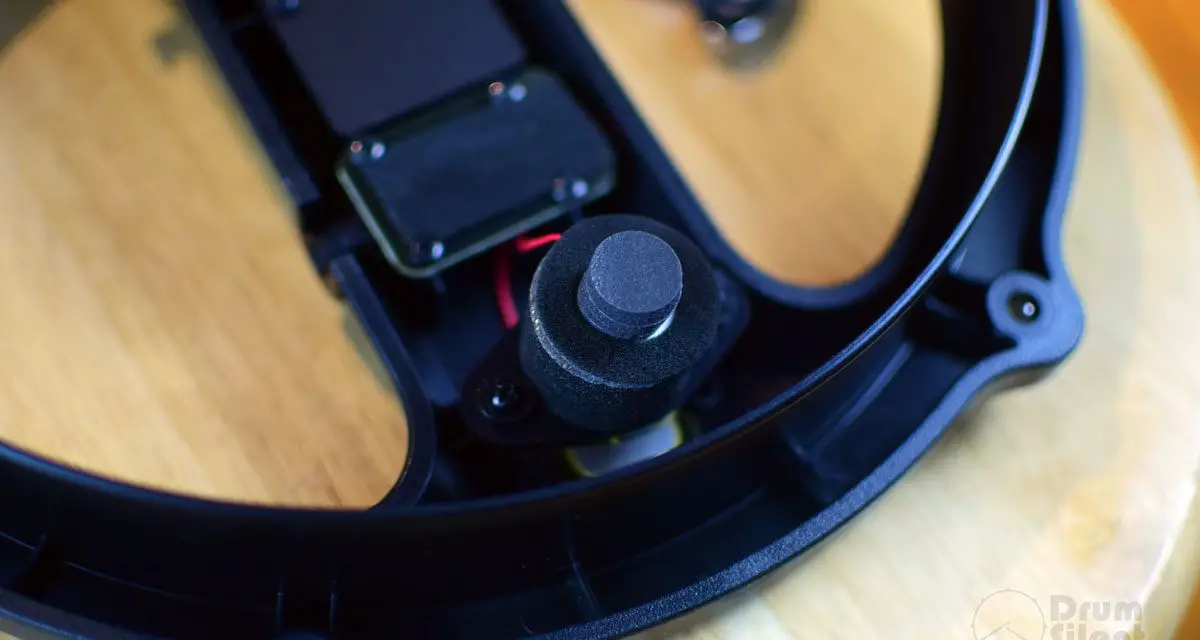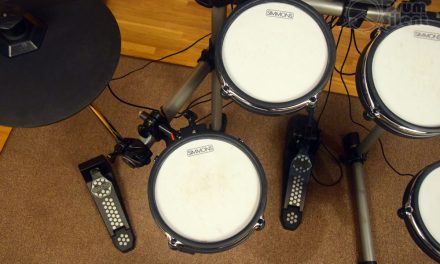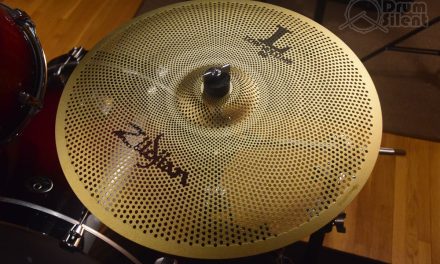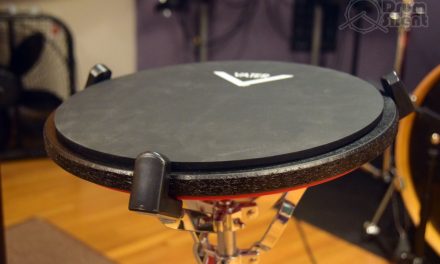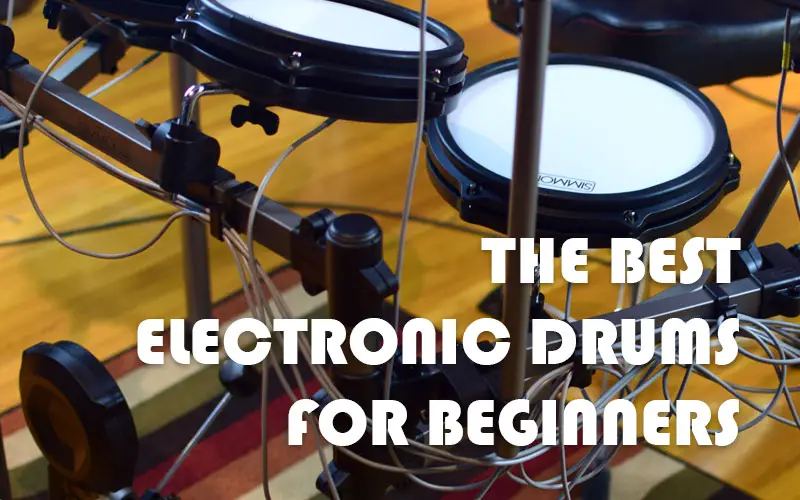Electronic drum kits do what they do by combining electronics, sensors and hardware that you physically whack with a stick. This combination can certainly lead to annoying issues at times. Let’s take a look at some of the common issues you might run into with electronic drums and how to fix them.
Triggering Misfires and False Triggers
Are one or more of your pads generating sounds randomly without even being hit? Or does bumping your drum rack or something else trigger one or more of the pads? The drum pads work by picking up vibrations in the sensors to send registered hits to the drum module, so overly sensitive pads can react to any type of vibration to create a hit. Look for the sensitivity settings in your drum module and try decreasing the sensitivity of any problem pads to fix the issue.
Double Trigger Issues
Are you hitting a pad but getting multiple sounds from each single hit? This is referred to as double triggering.
This can sometimes be fixed by reducing sensitivity of the pads experiencing the issue in the drum module. Reducing the sensitivity of a pad can help prevent it from responding to post-strike vibrations that might cause it to trigger more than once with a single strike.
Crosstalk
Crosstalk can also cause issues with double triggering. If you’re hitting one pad and getting sounds from the pad you’re hitting plus another at the same time that could be due to crosstalk. This means certain pads around your kit are detecting vibrations from hitting other pads and registering them as a hit. Check for crosstalk settings in your drum module to combat this issue.
Re-Triggering
Re-triggering can also contribute to double triggers. Re-triggering happens when you strike a pad, it generates a sound, and then as it returns to it’s resting state it generates another sound. Depending on the pad or sound it can sound like two very fast subsequent sounds after being hit. Some drum modules have features to specifically combat re-triggering. Look for settings that are either called “re-trigger cancel” or “scan time”. Both will allow you to set the minimum amount of time that needs to pass before another hit can register on a pad, which can combat re-triggering.
Inconsistently Triggering Pads
If you’re pads aren’t responding consistently to hits it could be due to a multitude of issues. Checking sensitivity settings is a good place to start. If that doesn’t help with the issue, it could possibly be hardware related.
Check all your cable connections for a secure fit. Sometimes a cable might not be plugged in all the way. Or maybe a cable jack is loose or not allowing for a good connection.
If your pads allow you access to the sensors, you could inspect the sensors to make sure they are properly placed and aligned. This is easier with mesh drum pads since you can often remove the mesh drum head to inspect sensors. It can be worth it to remove the heads from both a working and non-working pad to compare and see if there’s anything different about the sensors in the pad that isn’t working properly.
Hi-Hat Pad & Controller Issues
If the hi-hat doesn’t seem like it’s working very well, such as it’s not correctly responding to be fully open, fully closed, or anywhere in between, it could simply need to be calibrated. Some drum modules have a hi-hat calibration feature that allows you go through a process of telling the module what the fully open and fully closed positions are with your hi-hat hardware and pads. Look for hi-hat calibration options if you’re finding your hi-hat operation to not be quite right.
Other Pad-Related Issues
If you’re unable to fix your issues by tweaking drum module settings such as sensitivity, crosstalk and re-trigger cancel, and your inspection of the hardware and sensors isn’t turning up any answers, you might be dealing with defective, damaged or worn out pads. It happens. Once you’ve exhausted the options you can tackle personally, it’s probably best to contact support from the manufacturer. If support isn’t able to provide a fix, replacing pads is going to be the next thing to try.
Audio Latency or Delay When Connected To A Computer
Latency is the delay between the time that an audio signal is created and the time that it’s played back from the computer. In this case, we’re talking about the delay between hitting a pad on your drum kit and it being played back from the computer.
Latency is created due to the digital processing chain, it can take several milliseconds or more to process the signals and play them back.
To reduce delays from latency, look for latency settings in your audio interface, DAW or computer software. These settings can be changed so that you can dial in the least amount of latency that your hardware and computer can handle. Often times they are set higher than they need to be by default.
Erratic Behavior From the Drum Module
If you’re noticing that your drum module is acting wonky and doing things it shouldn’t be doing, it might need to either be power cycled (turn it off and on again) or it could need a firmware update.
Firmware updates often fix bugs or other issues that are identified in drum modules after they’ve been released to the public. To update firmware, check the instructions from the manufacturer as the process can vary. Most drum manufacturers will have instructions and downloads for firmware updates on their website or in the manual. In most cases you’ll need to connect to a computer to do a firmware update.
Power Issues
If you’re drum module won’t turn on or turns off unexpectedly you could be experiencing some power issues. Check the connections with your power supply to make sure everything is plugged in securely. Power adapters can sometimes go bad, so it can be worth it to try another power supply adapter before replacing anything else, especially with a more expensive drum module.
Data Loss Issues With the Drum Module
If your drum module isn’t storing settings that you’ve saved or is losing settings after a power cycle, it could possibly be defective or need a firmware update. Trying a firmware update to fix drum module issues is always a good idea if you want to try something on your own without contacting support. Otherwise, for issues like this it’s best to contact the manufacturer for support.

